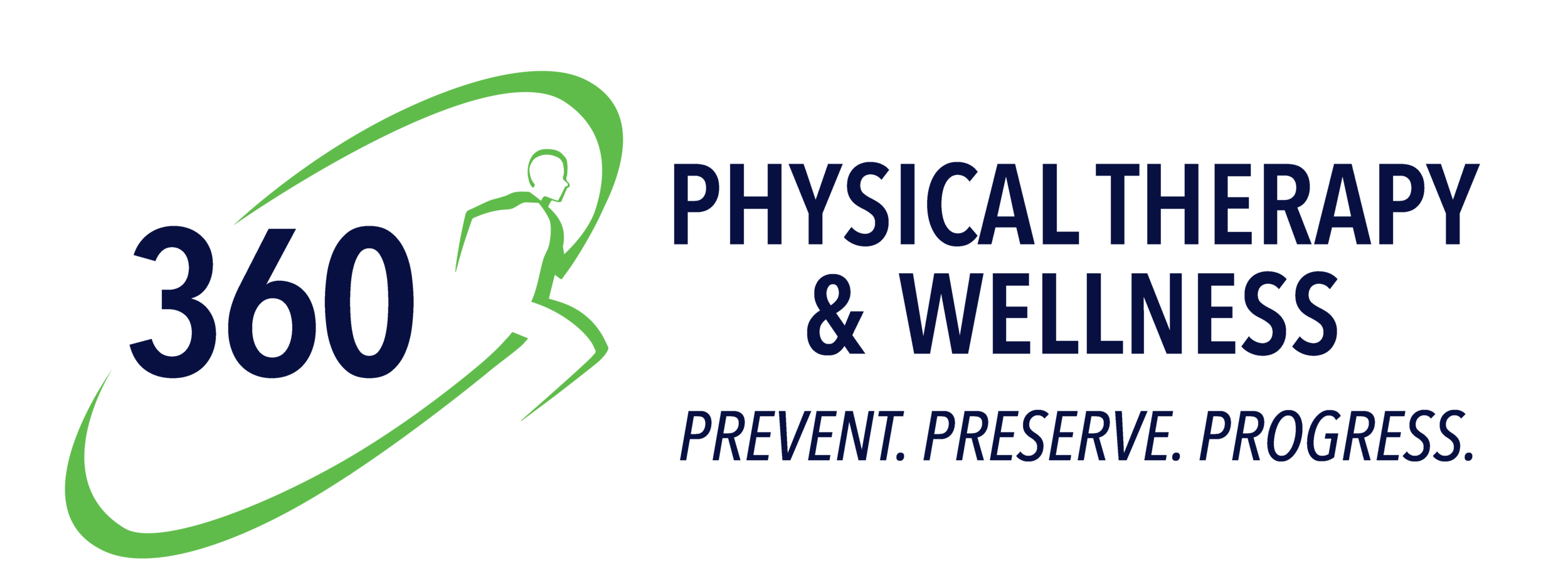EHLERS-DANLOS SYNDROME (EDS)
Ehlers-Danlos Syndrome (EDS) is a rare hereditary disorder of the connective tissue that affects collagen in the body. Collagen is a tough, fibrous protein that supports many structures in the body such as skin, ligaments, muscles, and blood vessels, and strengthens connective tissue.
Individuals with EDS have poor collagen strength which results in joint hypermobility and skin extensibility (excessive stretching of the skin). Individuals suffering from EDS have flexible, loose joints which can cause joint dislocation and chronic joint pain, muscle pain, and muscle fatigue.
Physical therapy for EDS is important for pain management. Continue reading to learn more about Ehlers-Danlos Syndrome and how working with a physical therapist at 360 Physical Therapy & Wellness can help reduce your pain and improve your quality of life.
CAUSES & SYMPTOMS OF EDS
Ehlers-Danlos Syndrome can be separated into thirteen different sub-types based on individual signs and symptoms. Major symptoms of all types include skin hyperextensibility, joint hypermobility, fragile skin, muscle and joint fatigue, and chronic pain.
EDS can affect almost every system within the body including:
Musculoskeletal: A resulting factor in EDS is a reduction in bone density which can cause osteoarthritis, osteoporosis, chronic pain, chronic muscle fatigue, and chronic headaches.
Neurological: Fatigue, pain, and associated migraines can be debilitating for individuals suffering from EDS.
Cardiopulmonary: Abnormal chest pain and altered blood pressure are characteristic of EDS. Individuals with EDS can also be diagnosed with postural orthostatic tachycardia syndrome (POTS).
Gastrointestinal: Functional bowel disorders and abdominal pain are common symptoms.
Integumentary: Hyperextensibility of the skin, soft or paper thin skin can cause the skin to tear easily.
Oral: Dental crowding can occur due to an abnormally high, narrow palate.
Hematological: Bruising is a common symptom of EDS.
Mental: A resulting factor in the symptoms of EDS can include altered mental health, including depression and anxiety.
There is no cure for Ehlers-Danlos Syndrome but pain and joint instability can be managed through varied lifestyle modifications, including physical therapy.
PHYSICAL THERAPY FOR EDS
Clinical experts recommend a combined approach to management. Physical therapy for Ehlers-Danlos Syndrome includes manual therapy, functional exercises, hydrotherapy, relaxation training, education, and reassurance.
Do you suffer from EDS in Fulton, MD? Contact the physical therapists at 360 Physical Therapy & Wellness. Our team will provide a personalized approach to managing your pain.
Below are some of the techniques we use to provide relief to those suffering from Ehlers-Danlos Syndrome:
Manual therapy techniques. Your physical therapist will perform manual therapy techniques, including neuromuscular taping, to help decrease pain, improve blood flow, and stabilize range of motion. Individuals with EDS typically should not stretch to hyperextend muscles and ligaments.
Massage. For chronic pain sufferers, physical therapy for Ehlers-Danlos Syndrome can include massage therapy.
Functional strengthening. Low impact strengthening exercises can reduce pain associated with EDS and improve deconditioned and stiff joints and muscles. Your physical therapist will provide education for improved postural awareness and body mechanics when performing everyday movements and exercises.
Joint mobilization. Physical therapy for the treatment of EDS may require the use of splints and other protective and supportive braces to keep limbs from extending past midrange.
The physical therapists at 360 Physical Therapy & Wellness will provide assistance in your lifestyle modification program by performing manual therapies and providing therapeutic exercises to cope with the pain and fatigue associated with Ehlers-Danlos Syndrome. Contact us today.

